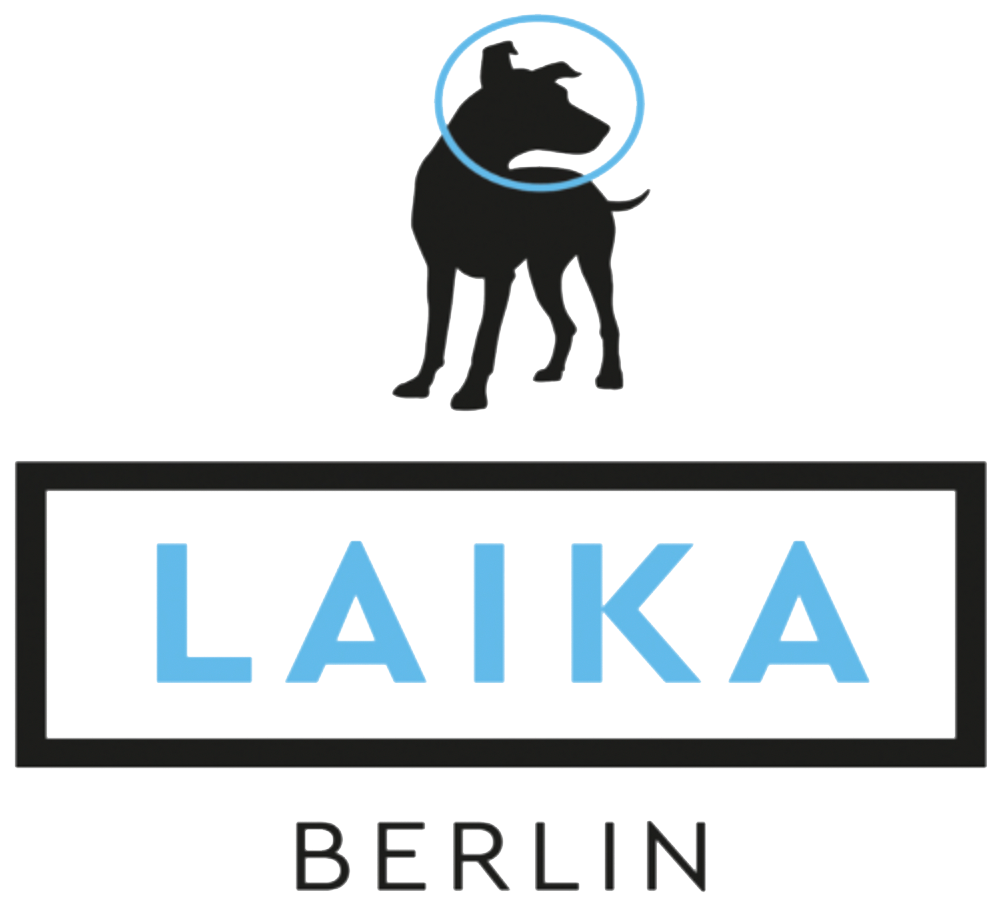Self-organization and agency life. Opportunities and risks
Is self-organization the key to working more productively? - That certainly depends on how much a person is able to organise him/herself and what circumstances he/she is exposed to. Some people are naturally better organised than others, but it is an important quality, especially in agency life, that every employee should have. In order to understand the complexity of the whole topic, it is first important to explain the concept of self-organization and to understand what has shaped it.
First things first
The first contact with an agile form of project management was researched 30 years ago. Employees were supposed to place more emphasis on closer cooperation and thus coordinate more frequently. Products should be produced faster and decisions should be made more customer-oriented. The focus was on direct customer contact. The concept of self-organization was found in the 1950s by Wesley A. Clark and Belmont G. Farley. They recognised that operators in the closed relationship somehow stabilise themselves and observed - still without knowing a theory of recursive functions or eigenvalue - the phenomenon that certain closed systems develop stable forms of behaviour after a certain time. Self-organisation moves away from swarm intelligence and emphasises flat hierarchies with a lot of individual responsibility.
Self-organization is a form of system development. All elements within this system form their own organisation with rules and ways of working, always paired with the overall mission and vision. This form of self-organization can of course also be reflected on general life. If deadlines have to be met in professional life, there are also unconscious schedules in everyday life that have to be managed. For most people, this starts when they get up. An alarm clock that gets you out of bed five times a week, always catching the bus or train at a quarter past and timing meetings with friends to fit in with the daily work routine. People have to adapt to change, coordinate tasks and times and get things done on time. They must be able to handle the given resources and use them properly. Self-organised employees are usually people who can set their own goals, with the confidence to systematically recognise and classify learning processes and work processes. It is important that the person takes initiative and is disciplined. He must be able to assess which tasks he can complete conscientiously and effectively and for which tasks, in turn, his own competence is not sufficient. Self-organization is often the impetus to work more motivated and to complete tasks with more consideration, because employees are responsible for their own actions and the end product.
To make all this as easy as possible, here are a few tools and tips that can make planning easier:
Asana: a project manager tool that helps you create your own to-do lists and distribute tasks among the team when necessary.
Define deadlines: this can also be set in Asana, but it is also possible to set clear time goals independently of this
Prioritize: learn to prioritize your Tasks
Calendar: old but gold. The classic appointment calendar can also schedule private appointments in addition to professional appointments.
Regular meetings: set up appointments to get information right across the Team. It helps to tell each other the different tasks, to keep everything updated
Post-its: the little colourful sticky notes, save every thought and can point out other tasks that you might have forgotten about
Marking: either digitally or with a marker on a sheet of paper, helps to quickly find important information when looking it up again.
Kanban board / task board: create your own task or kanban board for an overview to see which tasks still need to be done and which ones are currently on the table.
Which tool or small trick works best depends on what you personally like best.
Agency equals chaos?
There are still some people who think exactly that. Most of them often have the wrong impression of agency life. For many, agency life still seems unstructured and sometimes even alternative. What many underestimate is that, especially smaller agencies with flat hierarchies, often have employees who already live this independence and are willing to take on personal responsibility. They are involved in decisions and care about the opinions from individuals, they are all heard. A clear organisational structure ensures that the work as a whole is simplified and certain views provide invisible leadership. The pure form of self-organization is an opportunity for employees to continuously develop, it promotes creativity. Managers should be aware that it can be more effective for employees and the company to work independently. Talents, preferences and quality are promoted and flat hierarchies and a pinch of personal responsibility offer the possibility to shorten communication channels and to advance decision-making processes. Community feelings are strengthened and internalised. It becomes risky exactly when employees cannot handle the responsibility and thus slow themselves down to work at peak performance.
Certainly, a well-developed self-organization is more likely to be implemented and welcomed in smaller agencies than in larger companies. Nevertheless, they all should realise that it can have a promising influence on the way of working and on the results for customers.

